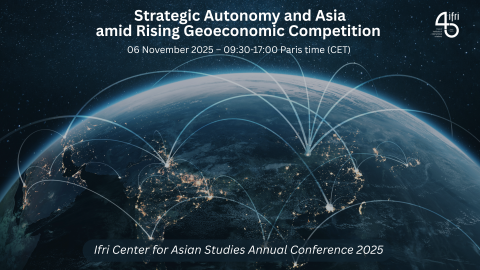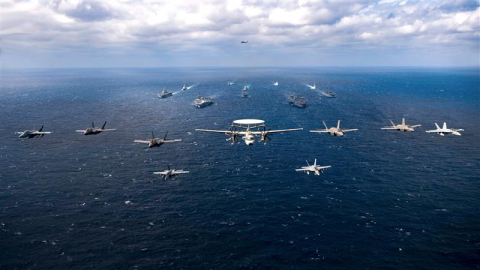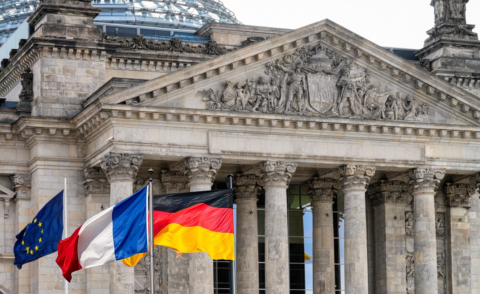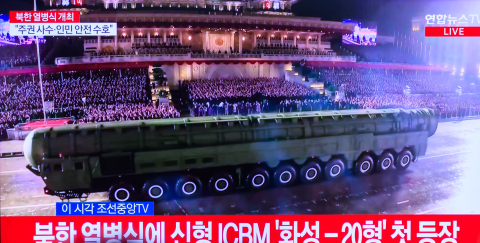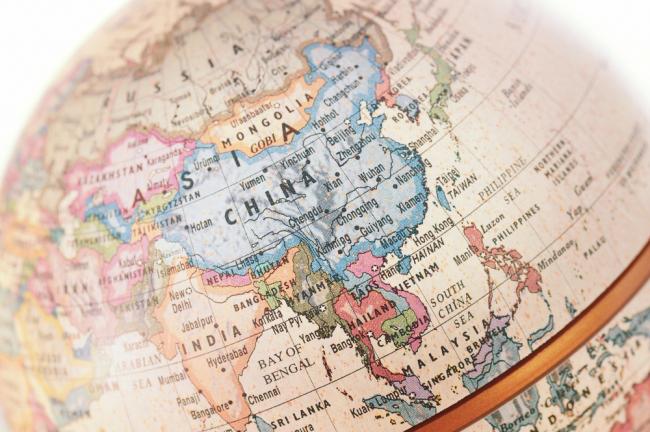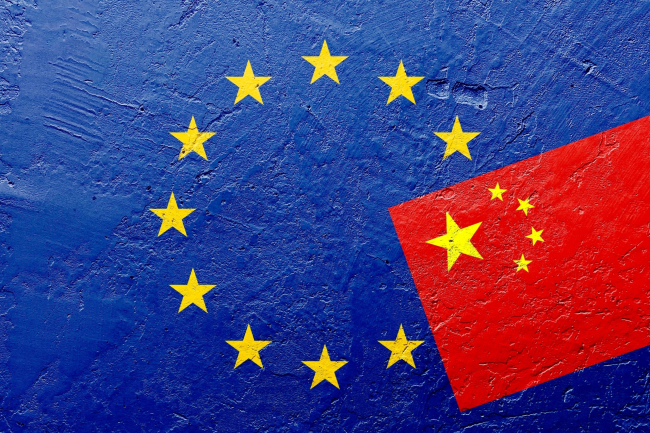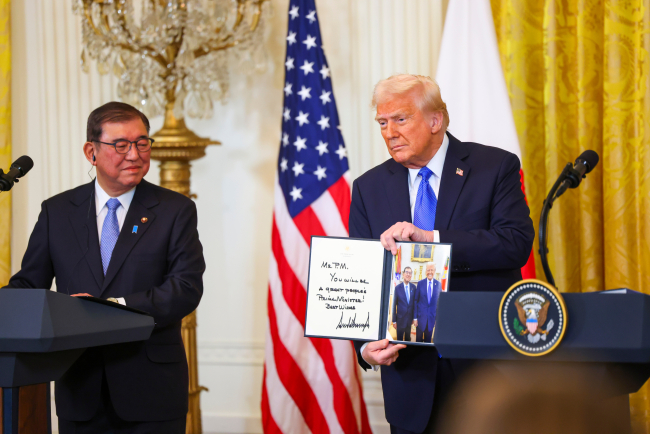Trump's trade policy: pushing back against China
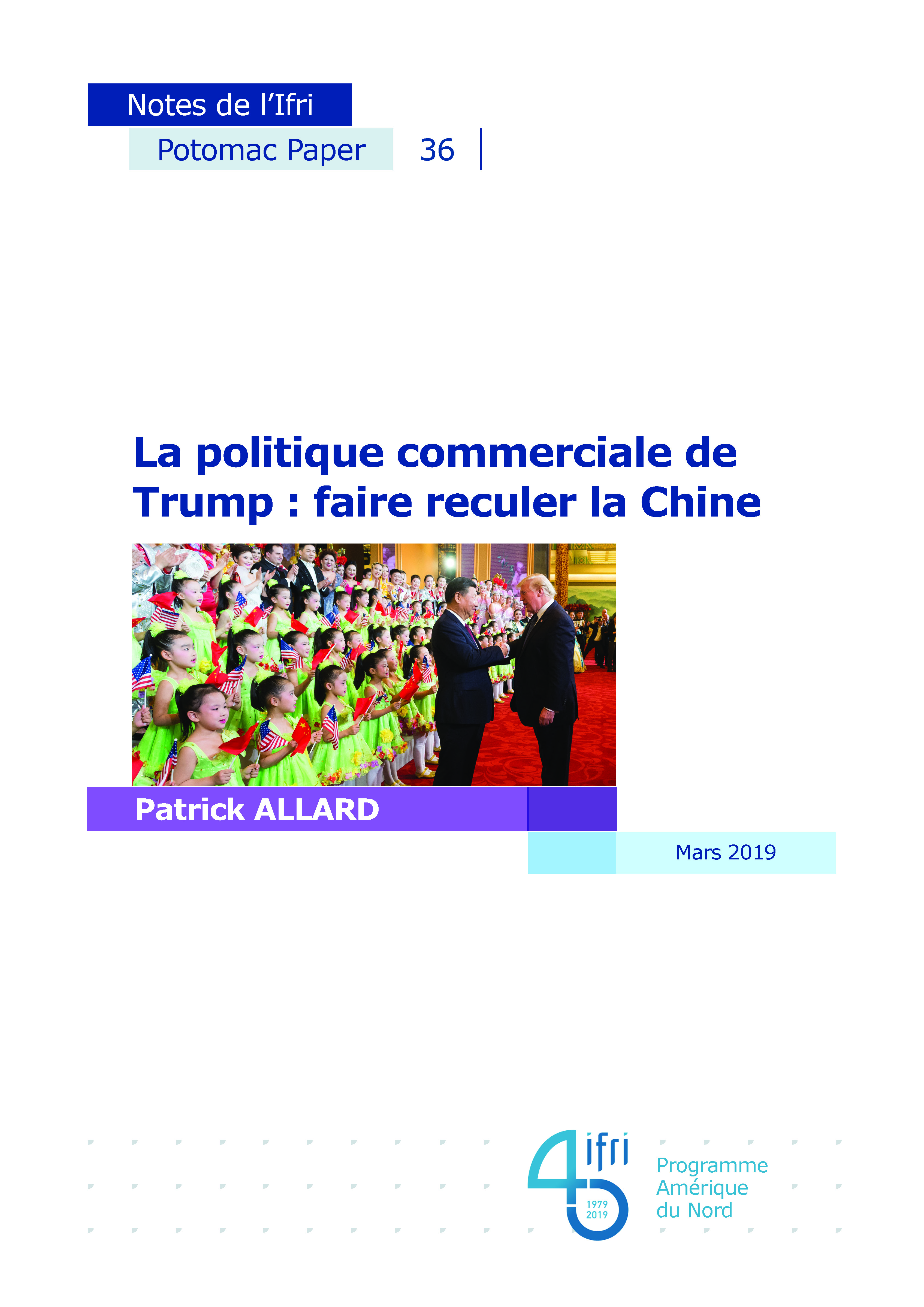
Although not akin to the protectionist policies practiced by the United States through the 1930s, the trade war launched by the Trump administration since early 2018 challenges the principles and institutions of free trade.
The taxes and barriers currently put in place correspond to certain exceptional legal provisions in the General Agreement on Tariffs and Trade (GATT) and the World Trade Organization (WTO) texts and rely on US trade laws predating the WTO. Trump’s trade policy enjoys a level of bipartisan consensus in the country today, centered around the idea of improving the conditions of trade with partners while hampering the growing power of China.
The "optimal tariff" theory explains the benefits for great economic powers such as the US of high customs duties, as a lever to compel trade partners to open their domestic markets or to renounce economic policies considered harmful to US interests. President Trump thus imposed the renegotiation of regional agreements such as the North American Free Trade Agreement (NAFTA) and the United States-Korea Free Trade Agreement (KORUS). He also favors the negotiation of bilateral or regional agreements rather than the global mechanisms of the WTO, which he denounces.
Despite the hype, the consequences of this American-led return of protectionism could in fact remain modest for the World economy and even for international trade. In the case of the European Union (EU), where trade negotiators seem to be holding their ground in the face of Trump’s demands, the reduction of US-China trade could allow an increase of exports to the US. Above all, sorting out China’s fraudulent commercial practices and reforming WTO rules, as required by president Trump, would ultimately be a very positive step forward.
The return of tariffs and the proliferation of non-WTO trade agreements, however, remain contrary to the philosophy of openness that presided over international economic relations from 1945 to this day. Ultimately, two parallel trading systems – an American one and a Chinese one – could emerge.
Taken by surprise, China has yet to elaborate a clear response to what is certainly a challenge to its desire to expand its economic and commercial power around the world. China’s reaction will be decisive.
This content is available in French : "La politique commerciale de Trump : faire reculer la Chine"
Related centers and programs
Discover our other research centers and programsFind out more
Discover all our analysesExpanding SPDMM as a pivotal institution in the Pacific – A French perspective
The South Pacific Defence Ministers’ Meeting (SPDMM) is the only forum that brings together defense ministers from the wider South Pacific — including Chile, which is hosting it for the first time. This heterogeneous group of countries with varying resources, capacities, and interests — Australia, Chile, Fiji, France, New Zealand, Papua New Guinea (PNG), and Tonga — are united by their shared determination to strengthen cooperation on maritime security and humanitarian assistance and disaster relief (HADR) activities.
EU’s Derisking From China: A Daunting Task
With economic security as a major concern, the EU has recently turned to “derisking” from China. The EU strategy entails reducing critical dependencies and vulnerabilities, including in EU supply chains, and diversifying where necessary, while recognizing the importance and need to maintain open channels of communication.
Sri Lanka’s NPP Government. From System Change to Structural Compliance
In September 2024, a relative outsider to Sri Lanka’s two-party-dominated political system, Anura Kumara Dissanayake, won the presidential elections. The anti-establishment, populist movement he represented, the National People’s Power (NPP), went on to receive an overwhelming mandate in the November 2024 general elections, winning 159 seats in a 225-member parliament.
Japan Under Trump: Alliance Strains, the Push for Autonomy and Essential Partnerships
Japan is under pressure from the United States (US) on punitive tariffs and demands for increased defence spending. This has sparked deep concern over US credibility and triggered growing domestic calls for greater autonomy.





